Digital LOGO
In 1975 Dr Harvey Cohen introduced a screen version of LOGO -- variously called WHAM and TINMAN, where the screen robot -- called a NAKI, could turn only through 90 degrees, and roamed a 16x16 grid. athe system, called OZNAKI, Polish for "logo" or "sign", was implemented on the earliest microcomputers, using as screen robot what was called a NAKI, which had the screen form ASCI characters ^ , > , V , < but for later implementations graphic characters were used:
Earlier, in 1974, whilst Cohen was a Consultant to the LOGO Group within the MIT Artificial Intelligence Laboratory, he, together with Andrée Beaulieu-Green, had argued for the inclusion in "Standard LOGO", of a JUMP HOME command, which would return the screen Turtle to its home position, while retaining the Turtle's heading. (Retention of the Heading was so that the Abelson-di Sessa Turtle Round Trip Theorem would still hold.) Thus was implemented in OZNAKI by the J command. Here are two simple examples of OZNAKI programming:
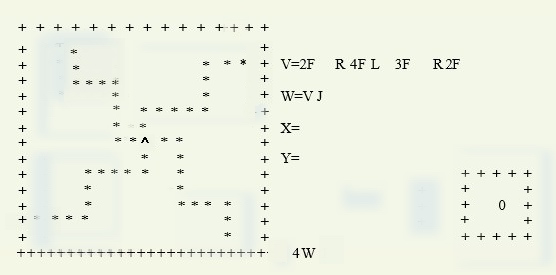
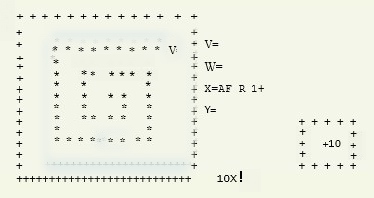
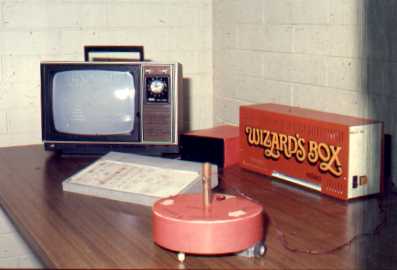
1976-77 OZNAKI. Microcomputer Wizard's Box, was a Poly-88 8-bit microcomputer, supplemented with a North Star floppy disc. The specialised keyboard inspired by Perlman's Button Boxes.
The NAKI was not capable of precise drawing, but was driven by students around obstacles enhancing their understanding of the meaning of R and L commands, so enhancing spatial projection capabilities.
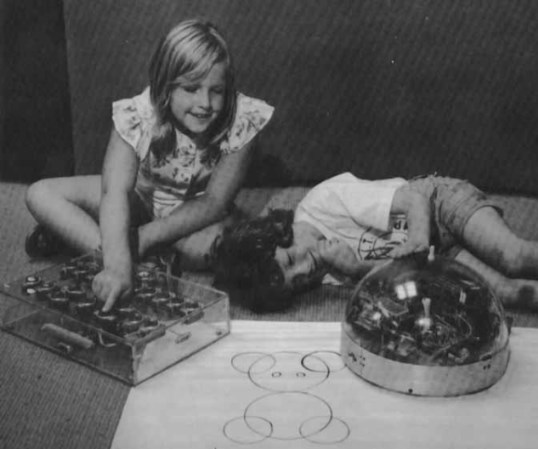
The Turtle was rather sophisticated, using digital stepper motors, and could draw fairly precisely, using the centrally mounted pen.
However in this image the Teddy Bear design was achieved by the instructor.
To recapitulate, in the earliest screen versions of OZNAKI, the NAKI had the screen form ^ , > , V , < but for later implementations graphic characters were used:
These same graphic characters were used in the LOGO on a 2K ROM, OZ-LOGO marketed for the Australian 8-bit microcomputer, the MicroBee, which was marketed world-wide 1983-1989.
In the first versions,the NAKI's trail was marked with an asterisk *. However in later versions, and in OZLOGO for the MicroBee, the trail was marked by a (16x16) graphic character. Conversely the pattern of marked cells could serve to define a new graphic character. ( Following the command U inherited from LOGO, no trail was left, and trail-marking resumed with a D.

OZLOGO NAKI exploded 16x16

OZLOGO NAKI drawn with trail of the NAKI body
Visual recursion was a feature of OZLOGO
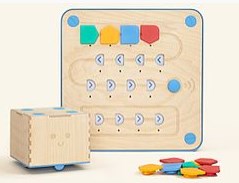 The Cubetto Playset manufactured by PRIMO Toys is
The Cubetto Playset manufactured by PRIMO Toys is